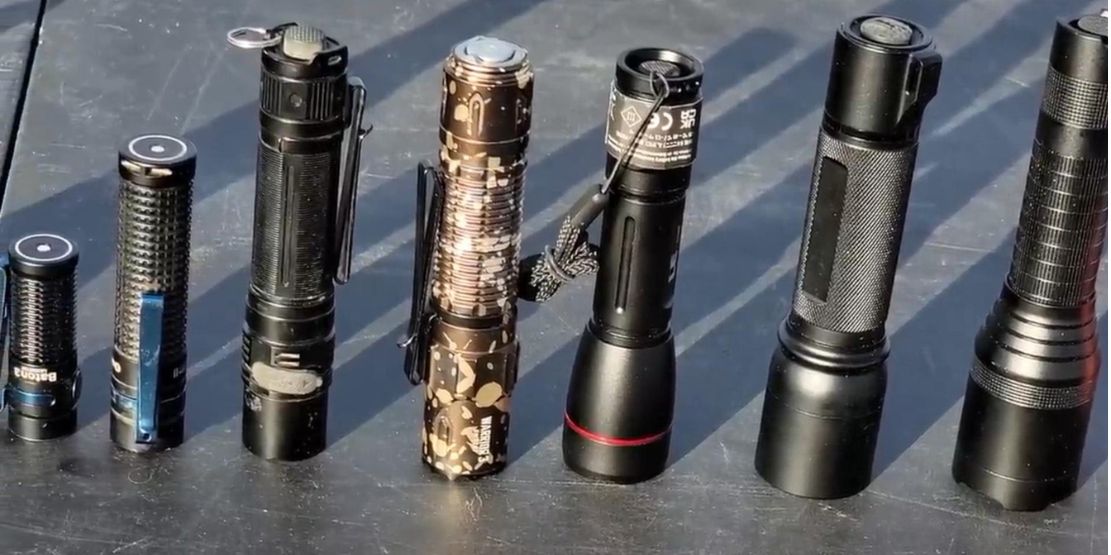
IF YOU BOONDOCK LIKE ME, you’re frequently out in the dark and away from civilization. Whether you need to leave the rig at night, want to look out and around camp, or hear something outside, having a good flashlight is extremely important.
I lived in Alaska for over forty years. Alaska is dark six months out of the year! During the darkest time, it was dark when I would drive to work at eight in the morning and when I went home at five in the afternoon. I was inside all day and never saw the sun. I learned the importance of flashlights back then and have seen them improve over time.
I would guess most of you have a flashlight in your rig, but it is likely one that doesn’t put out much light. When you step out at night, you can’t see very far or very much because you haven’t given choosing a flashlight much thought.
They’re crucial if you have a pet that gets out at night and needs to be found or if you want to get back to camp in the dark. If I hear a noise, I don’t want to step outside into semi-darkness and see a little tiny bit right in front of me. I want to illuminate the whole area.
How do you choose a flashlight to fit your needs then? Here are some things to consider:
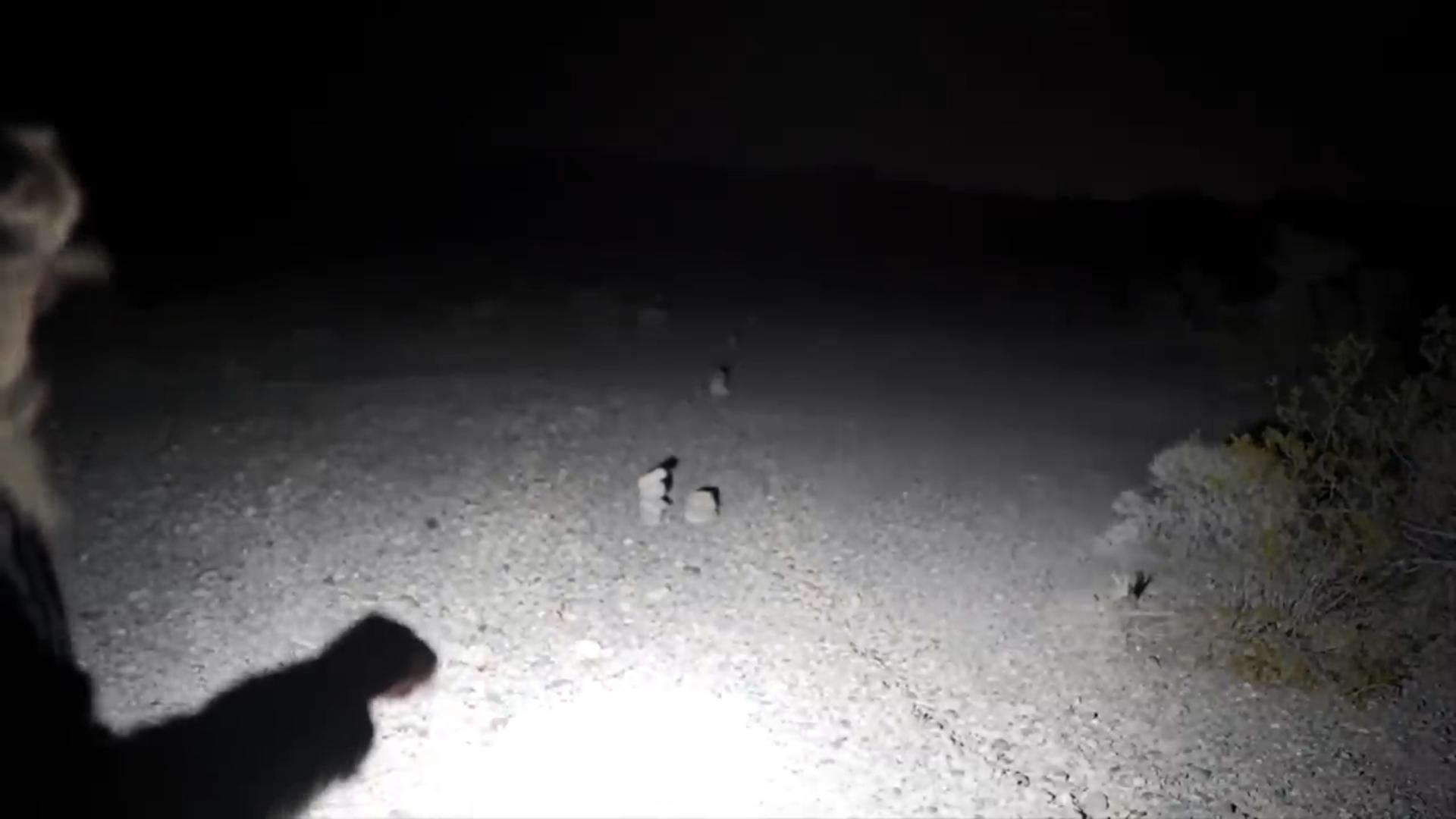
Brightness and Beam Distance
There are two main functions you want out of light. The first is a Flood Beam (wide). That’s the area right in front of you. It can be a very small or more significant space, particularly at close distances. Then there’s the Throw Beam (narrow). It throws a long pencil beam to light up something out in the distance. It would help if you had both. To focus at a distance when you need it with a broad area in front of you to be used most of the time. I generally want to see a flood of light ten to fifteen feet around me. My point is that you want to get a flashlight that does what you need.
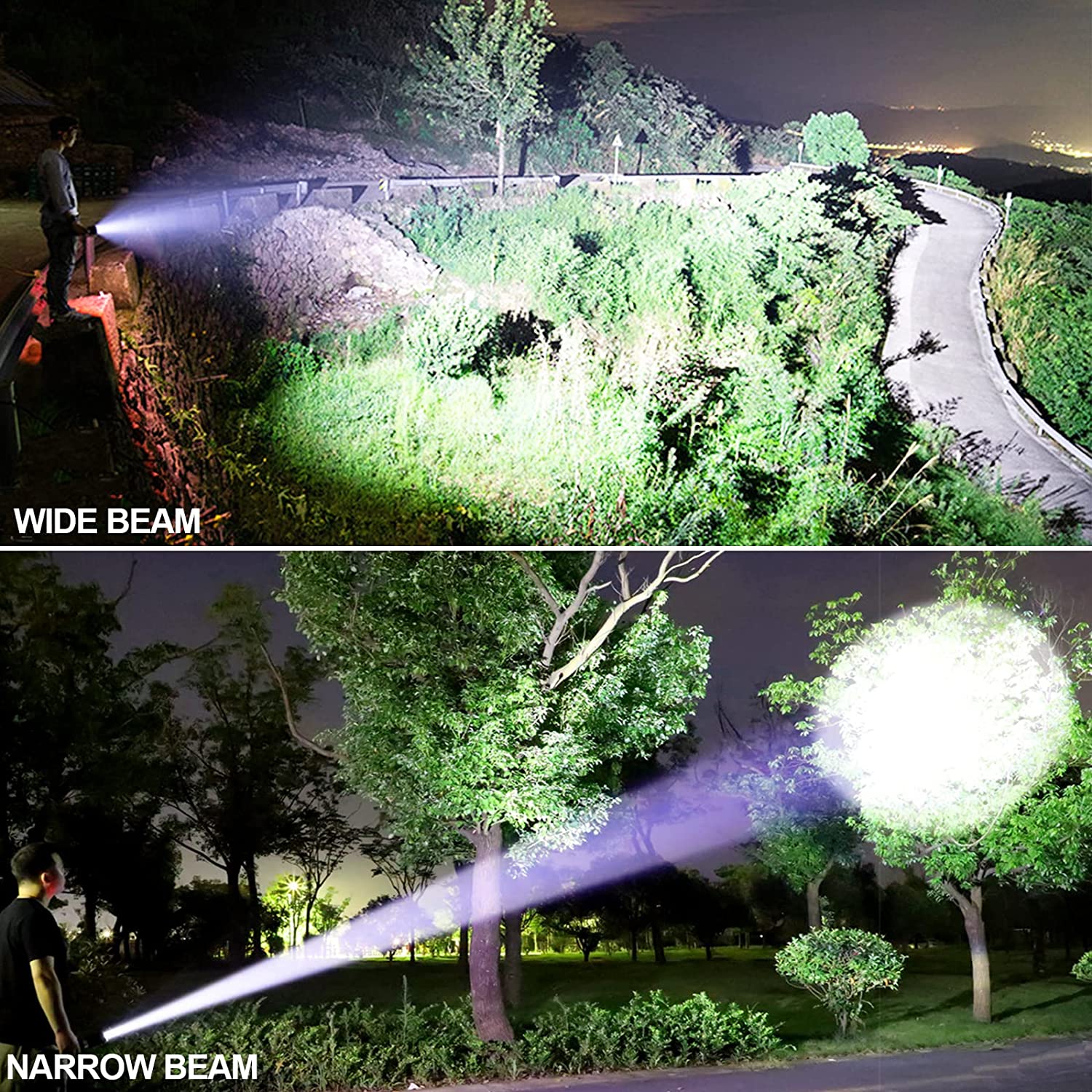
Battery Life and Power Source
A rechargeable flashlight with USB charging gives the versatility to charge from your laptop, a wall adaptor, or a battery bank. They’ve got their own batteries that tend to last a long time. I will only buy a flashlight with rechargeable batteries.
Even the best batteries don’t last forever, so I also want the battery to be replaceable. If the battery is not replaceable, you’re throwing the whole flashlight away when the battery goes out.
Another thing you can look for is if a battery is interchangeable. Some have a replaceable battery; when you take it out, a cartridge holds AAA’s. So if that battery runs dead, you can take it out and put in AAA’s. This is convenient if you have many of these batteries lying around. I don’t like disposable batteries because you never know when they will die. With rechargeable batteries, I’ll use the flashlight for a week or two, learn how long a charge lasts, and then know how often it needs to be put on the charger to be back to 100%.
Some brands use proprietary USB charging cables, such as Olight with its magnetic USB cable. You get one with the flashlight, but you’ll need to buy another one if you lose it. This has become a hassle and dealbreaker for me. It may not be for you. A majority of flashlights charge off the Micro USB connectors that most of us already have and use to charge other devices.
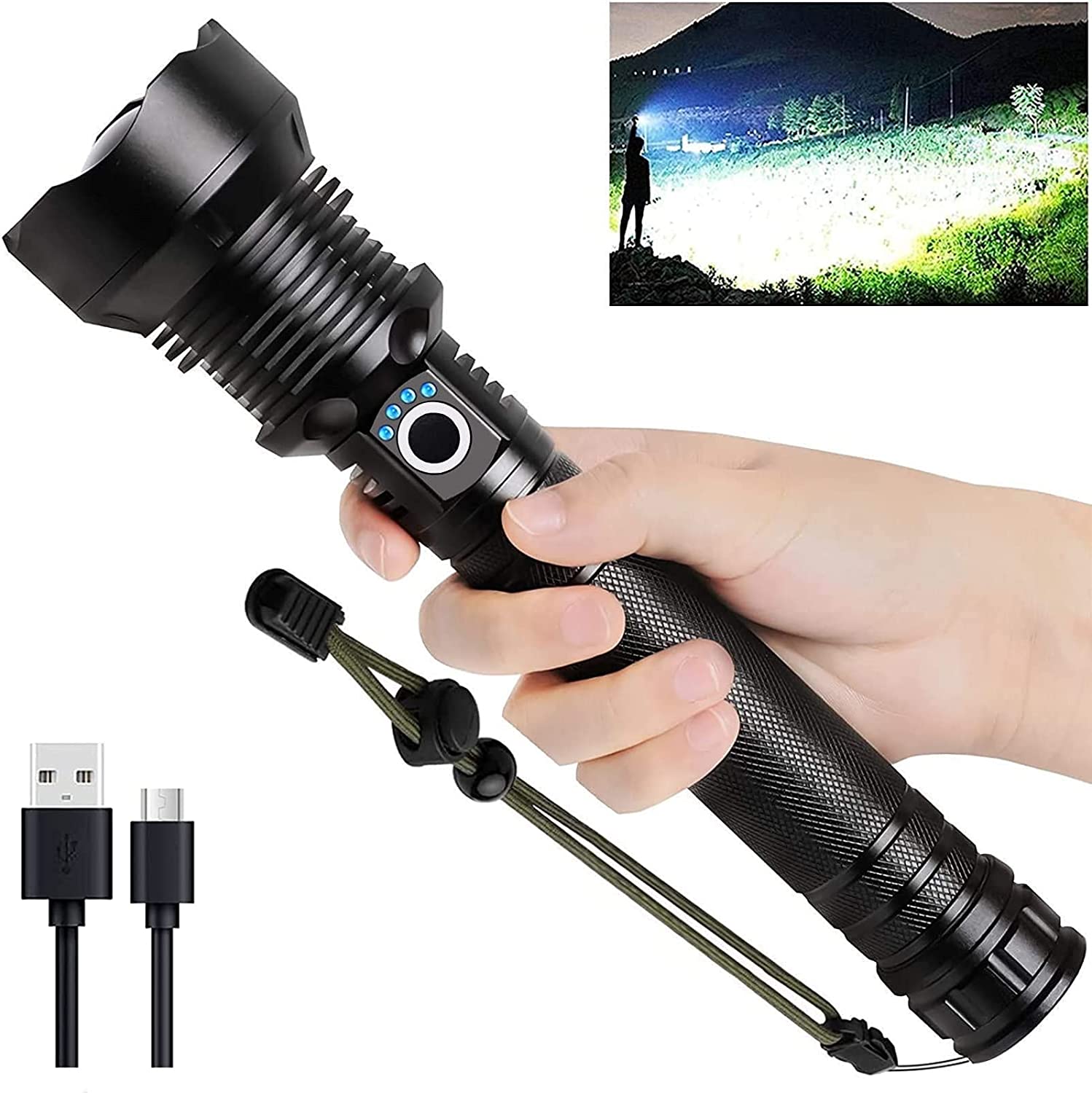
Size and Weight
The size and weight of your flashlight will impact portability and ease of use. If you also plan on backpacking or carrying the flashlight for extended periods, opt for a compact and lightweight option that won’t add unnecessary weight to your gear.
Durability and Water Resistance
Outdoor conditions can be unpredictable, so choosing a flashlight that can withstand rough handling and exposure to the elements is also crucial. Look for flashlights with rugged construction and materials that are shockproof and impact-resistant. This will ensure they can handle accidental drops or bumps. Consider flashlights with an IPX rating, which indicates their water resistance level. Higher IPX ratings indicate better water resistance or even waterproofness, particularly useful in rainy or wet environments.
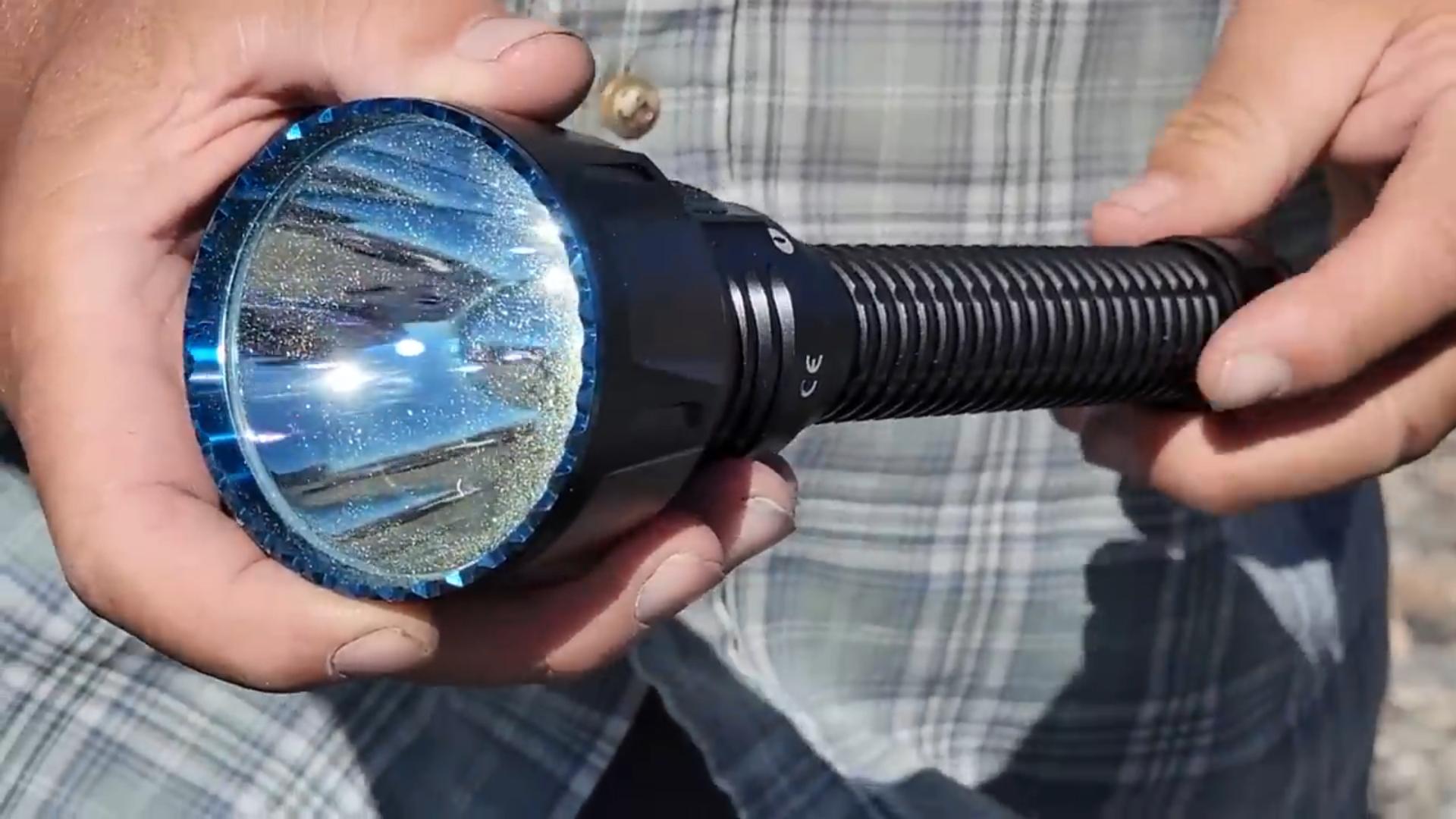
Lighting Modes and Adjustability
Different lighting modes can enhance the versatility of your flashlight. Typical modes include high, low, strobe, and SOS. Multiple modes allow you to adjust the brightness based on your needs, conserve battery life, or signal for help if necessary. Flashlights with adjustable focus or zoom capabilities are helpful for different lighting requirements. You can widen the beam for general illumination or narrow it for focused, long-distance lighting.
Ease of Use and User Interface
I picked up one flashlight, and after thirty minutes of playing with the thing couldn’t figure out how to use it. After finally reading the manual, I could understand it, but I don’t want to read to know how to turn on a flashlight. I like something simple with no steps, no blinking, just on and off.
A flashlight’s user interface and ease of operation is crucial when you need to use it in the dark or challenging conditions. Look for flashlights with intuitive controls, such as easily accessible buttons or switches. Some flashlights highlight one-handed operation, allowing you to adjust settings or switch modes quickly.
Price and Value
Flashlights come in a wide range of prices. Expensive flashlights may have advanced features, higher durability, or longer battery life, but that doesn’t add value for everyone. Assess your budget and prioritize the features that are most important to you.
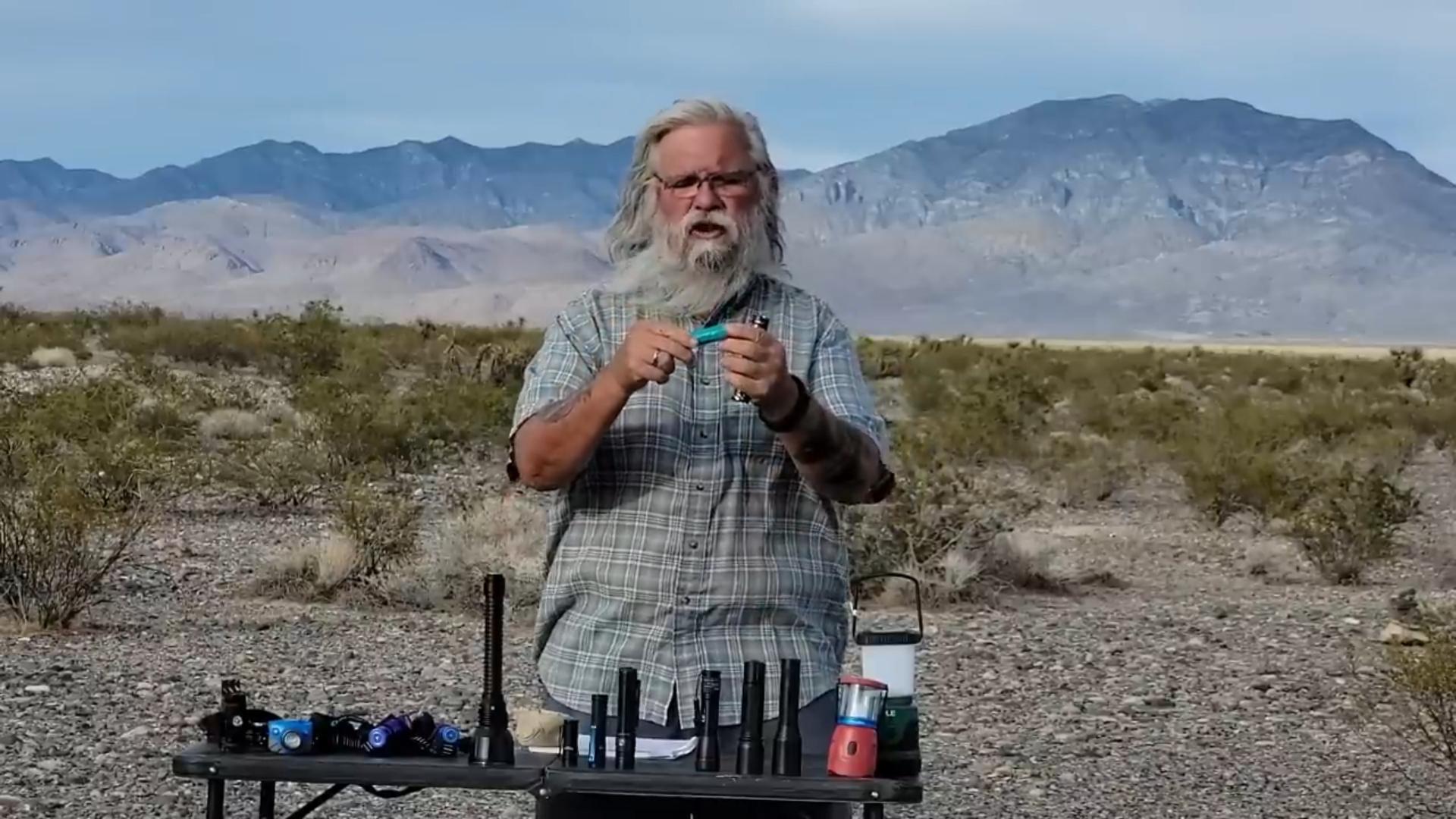

I have an old favorite flashlight, a two “D” cell Mag-Lite but who keeps “D” cells anymore?
I ordered some AA to D Battery Adapters from Amazon, these each use three (3) AA batts to replace a single “D” cell (you have to pay attention, they also sell adapters that us only one (1) AA battery). I also replaced the bulb with an LED bulb.
The old favorite still works great!
Rob,
Consumer Reports magazine researchers discovered identical operation duration for D-cells and AA-cells.
.
Intrigued, they sawed their D-cells in half lengthwise…
… to find a AA-cell sized battery inside a lot of packaging.
.
Something like that is almost enough to make a person question everything in existence.
Funny, multiple Google searches did not return this information. Would love a link. An unscrupulous manufacturer might have done this somewhere, sometime, but I’m sure it’s not true of most D batteries. This is the common response: “Thus, AA cells feature a much smaller capacity than D-cell batteries, for example, alkaline AA batteries feature a nominal capacity of 1.8-2.7Ah, while alkaline D-cells feature a nominal capacity of 10-18Ah.”
2003, after a half-century of make-do camping in lesser rigs, we built our ExpeditionVehicle.
We eliminated most points of failure and consternation:
* zero plumbing
* zero electric
* zero water tanks
* zero holding tanks
* zero built-in heater
…and zero built-in lights
.
We use flashlights exclusively.
2003, we started with:
Black&Decker square-base 20v…
… and are still using them after two decades full-time live-aboard.
.
A bonus:
These batteries work several of our other tools:
* cut-off saw
* circular saw
* drills
* recip saw
… plus a bunch of tools I am forgetting.
.
In constant use, during two decades full-time live-aboard, *one* (1) battery went bad.
.
We carry about four of these flashlights in each vehicle with extra batteries plus chargers and two inverters.
In the rig, we have:
* two each side of the bed, plus
* four near the entry, plus
* extras just hanging around.
.
After a few more years of testing, I think we could tentatively give our conditional TheLargeMarge SealOfApproval.
A headlamp is also helpful when you need to be able to see while still having the use of both hands. I also like that it points at whatever I’m looking at–much better than having someone else hold the flashlight yet having to keep directing them where to point it.
Now, I’m waiting for someone to say/sing; “You light up my world”.